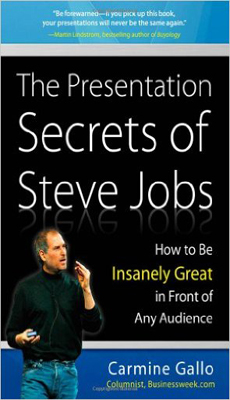Using “Did-You-Knows” to Suggest “Don’t-You-Wants?”

Did you know that a) Asia is bigger than the moon? b) Alaska is the westernmost, easternmost, and northernmost state in the U.S.? c) Maine is the closest state to Africa? These are just three of the “facts that will change how you look at the world“.
As a blog content writer, I find seemingly “useless” tidbits of information extraordinarily useful for capturing readers’ interest, adding variety and fun. But much more than that, I teach at Say It For You, tidbits can be used to: 1. describe your way of doing business 2. clarify the way one of your products works 3.explain why a service you provide is particularly effective in solving a problem 4. Debunk myths about your business or profession.
For all these reasons, in corporate blogging training sessions, I often recommend including interesting tidbits on topics related to your business (or, if you’re a freelance blog content writer, related to the client’s business). If you can provide information most readers wouldn’t be likely to know, so much the better, because that information helps engage online readers’ interest.
The big caveat, however, when using tidbits and unusual facts is that the information has to be tied to the readers’ problem or need. Why does the business owner or practitioner care about the information? Why will the info potentially make a difference to readers? The secret is creating a clear thought path from the fascinating facts to the benefits online readers stand to gain.
For example, a travel agency blog might use the fact that Maine is the state closest to Africa to promote a tour of Quoddy Head Light, a quaint Maine lighthouse located at the easternmost point of the United States.
A travel agency might also spark interest in travel to Asia using that tidbit about the continent being bigger than the moon. But there could be marketing power in that fact for other enterprises as well. Because the brain perceives the moon as being farther away when it is high in the sky and closer when it is near the horizon, appearing larger when viewed through trees or buildings, Krisztian Komandi blogs in medium.com about the influence of optical illusions on business decisions. A fashion blog can explain how certain fabric cuts make the waist appear more chiseled.
A little-known fact can become the jumping-off point for blog marketing content.





Follow us online!